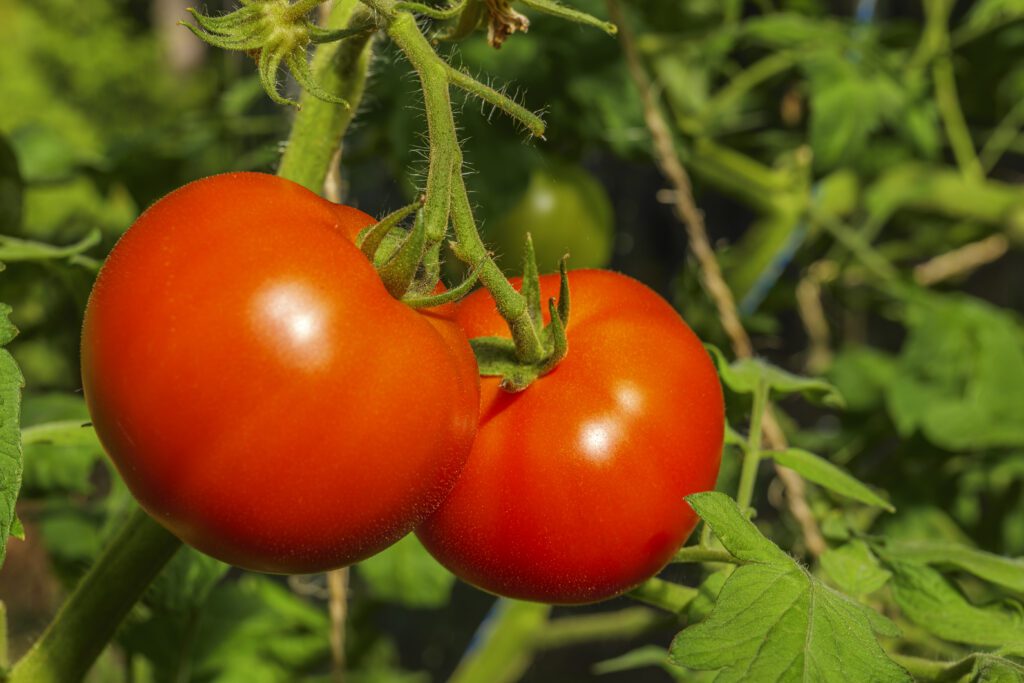by RYAN MILEJCZAK
Sponsored by Farm Credit Central Florida
The tomato is a favorite of chefs and gardeners around the world thanks to its delicious flavor, great nutrition, and ease of cultivation. The U.S. is a leading producer of tomatoes, and Florida is the second-largest producer, second only to California. In fact, we’re home to the single largest tomato producer in the United States: Lipman Family Farms in Immokalee.
The tomato is native to the Americas, and was introduced to the rest of the world by the Spanish conquistadors. The name tomato comes from the Nahuatl word tomatl, which actually referred to the smaller green (and only distantly related) tomatillo, but when the word found its way to Spanish as tomate, this name was used for the juicy red fruit we know today as a tomato.
While Europeans were initially suspicious of the fruit due to its inclusion in the Deadly Nightshade family, it eventually caught on, giving us modern dishes like pizza, gazpacho, and more. According to YouGov, tomatoes are the fifth-most consumed vegetable in the US.
The tomato has the unique distinction of being in the center of a classic debate about whether it counts as a fruit or a vegetable. For any wondering, the reality is, it’s both! In reality, we’re looking at two different perspectives on categorizing tomatoes: botanical, and culinary. Botanically speaking, there is no such thing as a “vegetable”; the plant foods we eat are variously fruit, roots, rhizomes, leaves, bulbs, and more, and these are typically called vegetables when they are used for savory rather than sweet dishes. But to a botanist, a tomato is a fruit because it grows from the flower (or more specifically, the flower ovary) of a plant and contains seeds; more specifically, botanists consider them berries, because they are a fleshy fruit without a pit, produced from a single flower containing a single ovary.
Regardless of whether you call them a fruit or a vegetable, tomatoes are a warm-season crop, and they flourish in the Florida climate. The harvest season for Florida tomatoes runs from October to June, with peak production in April and May. In 2023, 30,000 acres of Florida land were dedicated to tomato production, with a total production of 8,322,000 cwt. The most common tomatoes grown in Florida include round, roma, grape, and cherry.
According to the USDA, tomatoes make up 4.3% of all agricultural commodities produced in Florida. In 2021, Florida farm sector cash receipts totaled $7.5 billion in 2021, meaning that tomatoes represent about $322.5 million in total cash receipts.
While Florida has historically relied on manual labor for harvesting, it is costly and labor-intensive. Now, UF/IFAS researchers are hoping newly-released hybrid cultivars could make machine harvesting a possibility. Machine harvesting allows producers to be more efficient and cost effective, and helps alleviate struggles finding labor. To be machine-harvestable, tomatoes will need to be firm and easily detach from the plant. Currently, large-scale trials are underway, and their outcome could have major impacts for the future of the Florida tomato industry.

